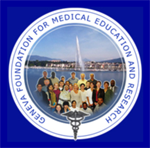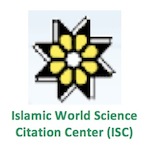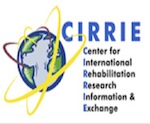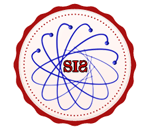


Google Scholar citation report
Citations : 5373
ASEAN Journal of Psychiatry received 5373 citations as per google scholar report
ASEAN Journal of Psychiatry peer review process verified at publons
| Journal Name | ASEAN Journal of Psychiatry (MyCite Report) | ||||
|---|---|---|---|---|---|
| Total Publications | 456 | ||||
| Total Citations | 5688 | ||||
| Total Non-self Citations | 12 | ||||
| Yearly Impact Factor | 0.93 | ||||
| 5-Year Impact Factor | 1.44 | ||||
| Immediacy Index | 0.1 | ||||
| Cited Half-life | 2.7 | ||||
| H-index | 30 | ||||
| Quartile |
|
- Anxiety Disorders
- Behavioural Science
- Biological Psychiatry
- Child and Adolescent Psychiatry
- Community Psychiatry
- Dementia
- Community Psychiatry
- Suicidal Behavior
- Social Psychiatry
- Psychiatry
- Psychiatry Diseases
- Psycho Trauma
- Posttraumatic Stress
- Psychiatric Symptoms
- Psychiatric Treatment
- Neurocognative Disorders (NCDs)
- Depression
- Mental Illness
- Neurological disorder
- Neurology
- Alzheimer's disease
- Parkinson's disease
Abstract
IDENTIFYING THE PATTERNS OF SELF-HARM AND SUICIDE ATTEMPTS IN CHILDREN AND ADOLESCENTS IN SINGAPORE
Author(s): Goo Kai-Lin Sabrina*, Radha Srikanth, Ong Say How, Neo Hui Min Shaina, Tan Juanmin, Vicknesan Jeyan MarimuttuObjective: In the past decade, self-harm and suicidal behaviours in adolescents have increased with teen suicides in Singapore reaching a record high in 2015. Globally, completed suicide is reported to be second leading cause of death in this demographic. This study aims to explore the methods of self-harm and suicide attempts employed by young people who are admitted to a tertiary paediatric hospital in Singapore. Methods: A cross-sectional retrospective medical record review was conducted for a 3-year period from 2012 to 2014. All patients admitted with self-harm or suicide attempts and referred for inpatient consultation were included in the study. Data was collected on the following: age, gender, race, if the attempt was a suicide attempt or self-harm, and method used. Results: A total of 106 cases were referred for self-harm or suicide attempt; 15 of these cases were male patients and 91 were female patients. A total of 47% were categorized as self-harm, and 41% for the suicide attempt. In another 5%, the intention was recorded as ambivalent, and 7% cited other reasons. The 3 most common methods were drug ingestion (63%), self-cutting (18%) and chemical ingestion (12%). Results show that drug ingestion remains the preferred method, even after stratification according to gender, age and intention. Paracetamol was the most common drug ingested. Conclusion: Drug ingestion is the main choice for our youth when it comes to self-harm or attempting suicide. This could likely be due to the easy access of medications. Further studies can be done to determine how and where these medications were obtained. This could help explore areas for improvement when it comes to safe storage of medicine at home, disposing of expired medicines and drug regulations in terms of sale of medicines to minors over the counter.


























